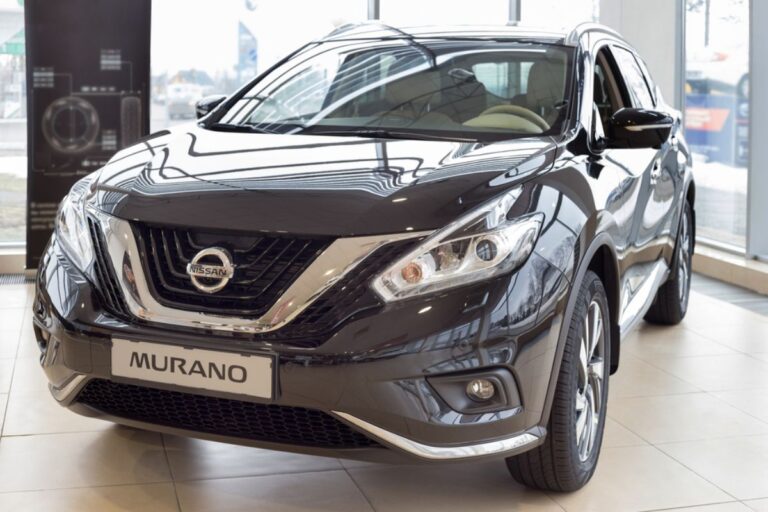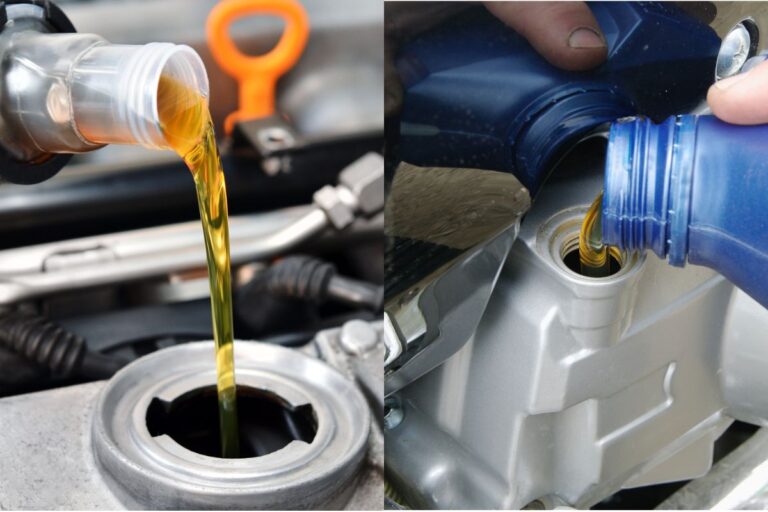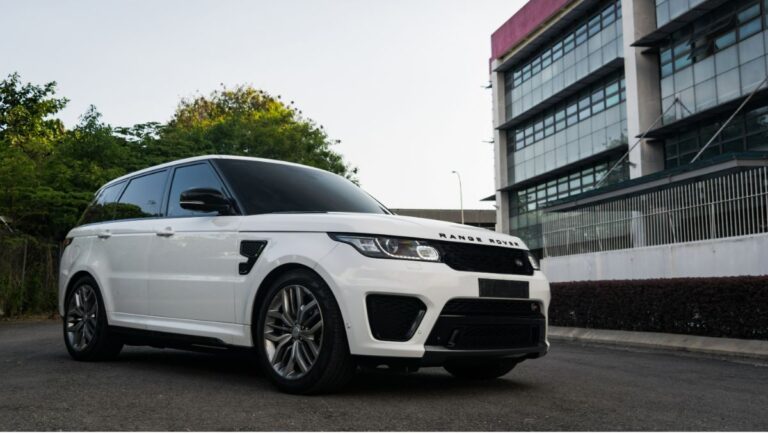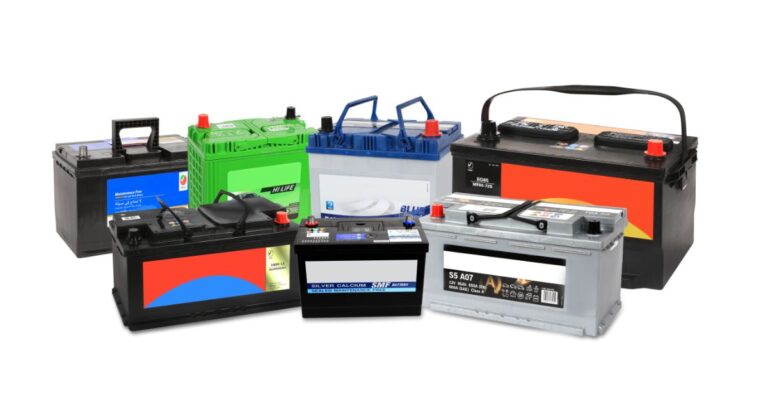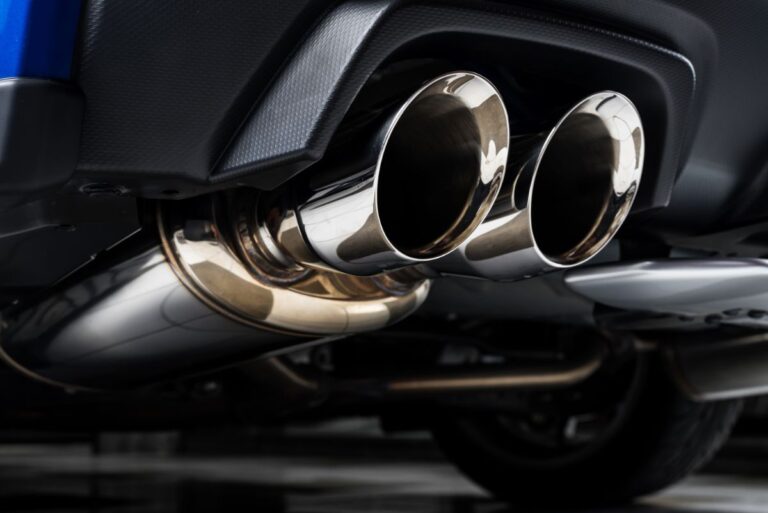
Electric cars are impressive with their mechanical simplicity and practicality. They have fewer components than thermal cars and yet offer unparalleled ease. Indeed, if you have ever found yourself driving an electric car, you have certainly already noticed the absence of a gearbox and all the other details.
The other thing that should particularly catch your attention is, of course, the absence of a clutch. The question then arises as to why the clutch is useless on an electric car. Let’s delve into the subject.
The clutch: how does it work?

To put it simply, the clutch is a mechanism that allows the power transmission to be disconnected, without turning off the engine, in order to change the gear ratio. The clutch system is made up of three sub-assemblies: the clutch disc, the cover and the thrust bearing. This assembly is integral with the input shaft of the gearbox.
The system is triggered as soon as the clutch pedal is pressed. From that moment, a hydraulic system conveys a fluid which will allow pressure to be exerted on the clutch disc, thanks to a spring system, a stopper (which exerts the pressure) and the cover.
The clutch disc is placed on a flywheel. When the disc presses on it, this transmits the power of the engine to the transmission system. The flow of power is interrupted, and you can then change gears at the lever.
Related: Do Electric Cars Have Transmissions? | Different Types of Transmission Fluid
The Operating Mechanism
With the exception of a few cars, almost all electric vehicles operate without a clutch. To understand the principle, you must first understand the operating mechanism of the clutch. Indeed, the clutch is made up of several elements, therefore the pedal, the disc, the fork, the thrust bearing and the clutch mechanism.
Each of these elements intervenes in the role of the clutch, which consists in ensuring the connection between the gearbox and the engine. Thus, thanks to the clutch, the driver adapts the power of the engine to the speed that he wishes to transmit to his vehicle. It is also the clutch that conditions the rotation of the wheels by transmitting the energy of the engine to them.
The principle
Only, with electric cars, the principle is slightly modified and much simpler. Indeed, unlike thermal vehicles equipped with a diesel or gasoline engine, electric vehicles are equipped with an electric motor. This motor is powered by a battery integrated into the vehicle and which releases direct current when the driver presses the accelerator pedal.
The direct current is then converted into alternating current and generates a mechanism of opposition of magnetic fields or counter rotation. This phenomenon eliminates the usefulness of the clutch and allows the driver to regulate speed simply by pressing or releasing the accelerator pedal.
The absence of a gearbox

From all the above, it is obvious that the clutch works closely with the gearbox. Indeed, from the start, the combustion engine speed is driven from the gearbox. Similarly, to find and maintain the slip point, it is first necessary to disengage and engage to transmit a low flow to the gearbox.
However, the electric car operating under a completely different system does not require the same manipulation. Thus, the role of the clutch not being necessary in the operation of the electric car, the gearbox is just as absent as the clutch.
The Gearbox Control
Moreover, although there is no gearbox in electric cars, they still carry a gearbox control with a conventional lever. This box indicates, as for automatic cars, the “Drive, Reverse, Neutral and Parking” positions. Consequently, even if the uselessness of the clutch leads to a mechanical difference between the two engines, the uses remain similar.
Moreover, with the absence of the clutch, the electric car delivers maximum torque from the start and under a range of use that can go up to more than 10,000 rpm.
What are the controls for an electric car?

Electric cars have the same controls as on an automatic gearbox:
- D for Drive (roll forward),
- R for Reverse,
- N for Neutral (neutral),
- P for Parking (when your car is stationary, parked).
Thermal or electric motor?
Internal combustion engine cars need a transmission system. This is not the case for electric cars, which have no gearbox, since their operating range is in a single gear, with maximum torque available from start-up and up to 10,000 revolutions per minute.
Most electric cars still have what looks like a gear lever. This is the case of the Peugeot e-208, whose lever (which looks more like a smartphone than a gear control) indicates P (Park), R for Reverse (backward), N (neutral), D (Drive) and set it to B, a position which allows the car to amplify engine braking and therefore less wear on the brakes.
They can be in the form of a lever or push buttons. If you are a fan of the automatic car, you will not feel out of place. There is often an additional command on electric cars: B for Brake. It allows you to reinforce the engine brake during deceleration, which increases the recharging of the battery and extends its autonomy. Not to mention less wear on the brake pads, since braking is less necessary.
Conclusion
Electric cars are characterized by simple mechanics. They therefore have a small engine size, which does not prevent them from offering a sacred performance. Certainly, since the start, it has reached 10,000 rpm. It achieves maximum speed even with just one gear. However, it is not a gearbox similar to that of thermal engines. With a traditional lever or on the steering wheel, the driver will find the classic functions of an automatic transmission.

